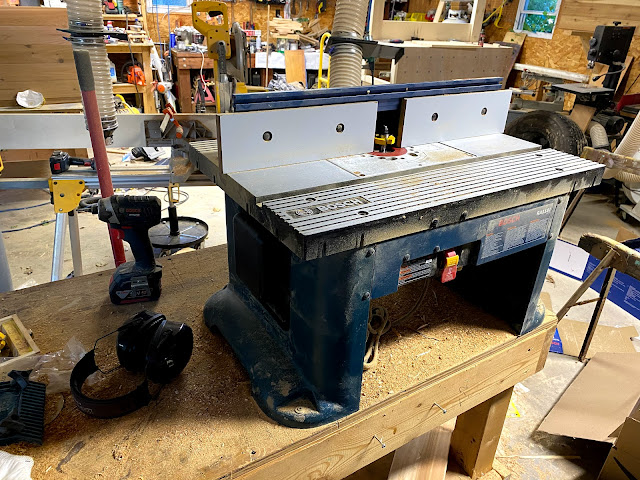Making a Japanese Soaking tub
A collage of the happy new owner of the custom Japanese wooded soaking tub
1. Select Material to be used
Tubs are traditionally made of Hinoki - used for centuries to build Shinto temples. Its American cousin is Port Oxford Cedar, and both woods are prized for their antiseptic properties – sushi chefs use them for chopping boards. Other woods used are teak, oak, maple and other hardwoods.
We chose cedar for this tub because of its work ability, the color, tight knots, aroma, and character.
2. Determine size of tub
The tub size for this project is 24" wide by 36" long and not to exceed a height of 24" This is a custom tub to fit a required space in a bath remodel. There will be no step, no seat, and guaranteed not to leak . Below is a drawing of the tub
3. Material sized for sides, bottom
4. T&G Material for assembly
We used a router table and bit set for cutting the tongue & groves The bit set comes as a matching set so that all joints are tight. Once warm water is added to the tub, the wood will swell up form a tight seal.
5. Test assemble parts and dry fit
6. Sanding the parts
7. Assembling the parts
The finished tub below is without any varnish applied to the exterior or interior. It has concealed fasteners behind the wood pegs and sanded with an 80 grit sandpaper after being glued together. After the 1st sanding, the corners were round with a router bit then sanded again.
To make sure we were getting a good final surface, we scribbled with a lead pencil lightly then sanded it again to remove all pencil marking.
8. Determine the finishing of the tub
Traditional style Japanese soaking tubs rely on tight fitting tongue and grove fitted joints that will swell and eliminate any leaks or weeping of water thru the walls or bottom of the tub. This allows the aroma of wood to relax the bather more.
The owner of this tub opted for a leak proof tub wall and bottom. For this we decided to use Waet fiberglass and resins system. The fiberglass is a 6oz cloth and the resins are by West Resins and Epoxy systems. From beginner to expert, the product is easy to use until one gets to the final coats. It is recommended that wood tub walls be primed with epoxy resin two times so that the cloth and subsequent layers have better bonding to each other. It is suggested that the final topcoat be a clear finish such as a varnish or another clear coat.
Part 2 will explain the finishing steps. Stay tuned....
Price on this tub is $1850.00 *
* Price does not include 6 coats of varnish, West Epoxy System or freight.









